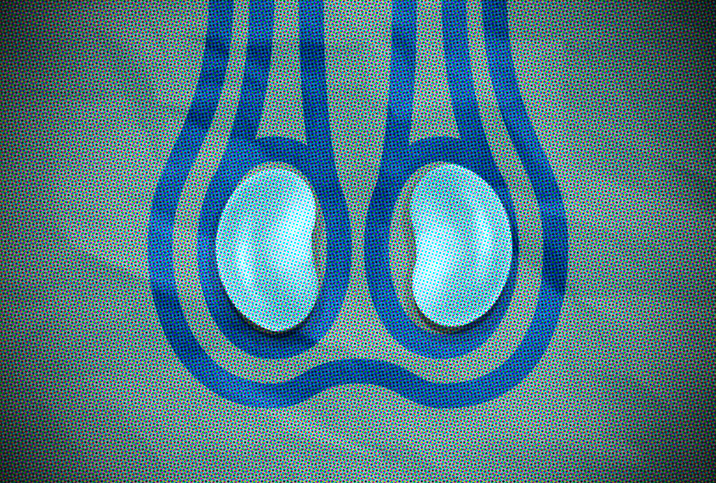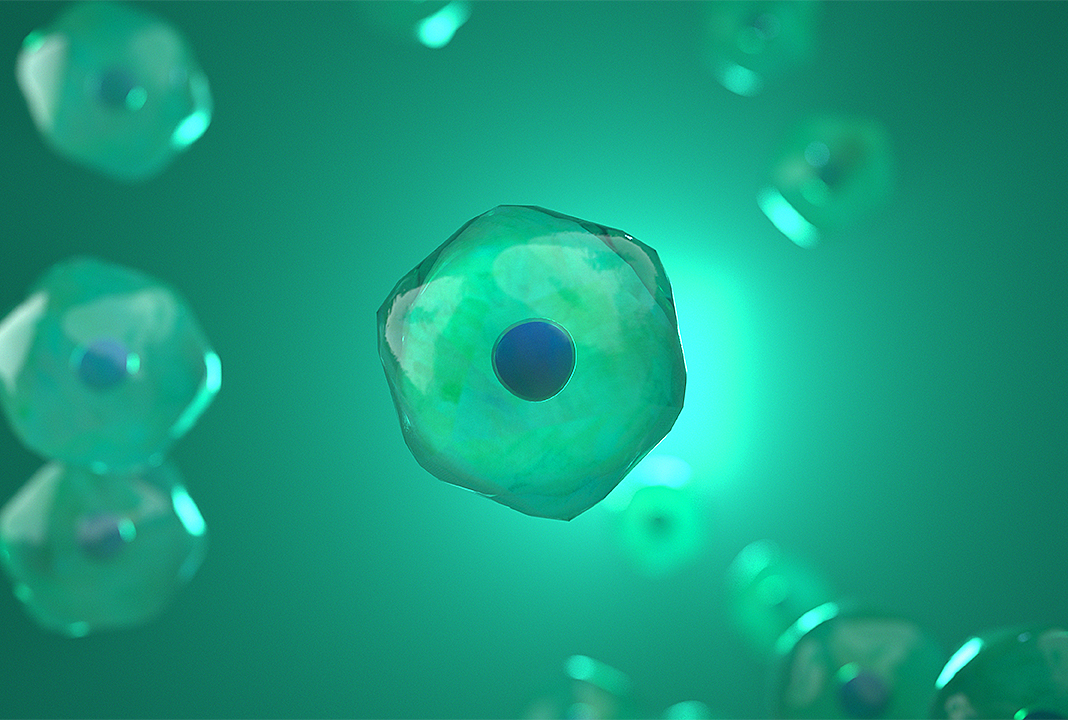What Are the Pros and Cons of Prosthetic Testicles?

Prosthetic testicle implants of one kind or another have been available for the better part of a century. Surgical testicle removal (orchiectomy) or the loss of one or both testicles occurs for any number of reasons, most commonly due to risks associated with testicular cancer. Accidental injury is another common reason. Less frequently, but still common enough to be noted, males are occasionally born without one or both testes.
Prosthetics don't replace the functionality or biological purpose of natural testes, but they do provide a comparable look, feel and aesthetic experience, which can be beneficial in terms of the mental aspects of recovering from what might be a difficult experience.
Prosthetic testicle materials, past and present
Although modern and historical medical practices have involved the removal of one or both testicles for any number of reasons, prosthetic options have been very limited, and the variety of materials used has been interesting, to say the least: metal alloys, lucite, plexiglass, polyethylene and even marbles. Not surprisingly, these and other products were eventually discontinued or taken off the market, usually due to frequent patient dissatisfaction or apparent health risks to the individual receiving the implant.
Today, the only option approved by the Food and Drug Administration for prosthetic testes is Torosa from Coloplast, a prosthetic composed of a thin silicone elastomer shell filled with saline. Most men—more than 90 percent in findings from more than one study—who have had the procedure for aesthetic or cosmetic reasons have been satisfied with it; a lot of them report almost no substantial difference in look or feel.
Potential risks and concerns
As with any surgical procedure, there are some basic considerations to take into account. Inflammation, infection and even rejection of the implants is not unheard of with testicular prosthesis implantation, though such outcomes are notedly minimal.
Aside from medical concerns, there are financial matters to consider. Because the procedure is considered elective and not necessary from the perspective of maintaining overall health and well-being, it is often not covered by insurance. And, depending on the extent of the procedure and additional care needed after surgery, it can be quite expensive.
Healthcare providers and insurers are required to discuss prosthetic options with patients after a mastectomy resulting from breast cancer, but the same requirement is not present for men who lose one or both balls to cancer. Though gender-reassignment surgeries have marginally increased the commonality of prosthetic testicle implants, the scope of manufacturing is quite limited and not considered an entirely profitable commercial venture.
Prosthetic testes and whole-body health
The loss of a single testicle shouldn't affect biology much, as long as the remaining testicle is able to maintain regular testosterone production. A double orchiectomy, the removal of both testicles, is a different matter. But even then, testosterone replacement treatments can make up for most of the side effects of the surgery.
Losing any part of the body, for any reason, is a potentially traumatic experience for anyone. Despite the fact that prosthetic testicle implants are classified as a cosmetic procedure, men may feel differently. The disparity in availability might be a dire consequence indeed. The mental health aspect of feeling whole should not be discounted, and a positive mental state plays a big part in a person's overall well-being. There is also documented evidence that a positive outlook and a healthy self-image can contribute to improved physical health.
Regular checkups and self-examinations can reduce the risk of cancer development. In the event cancer or some other illness or injury becomes an issue, it's important to get complete consultation from qualified medical professionals to determine your best options for moving forward and being able to live your best life.

















